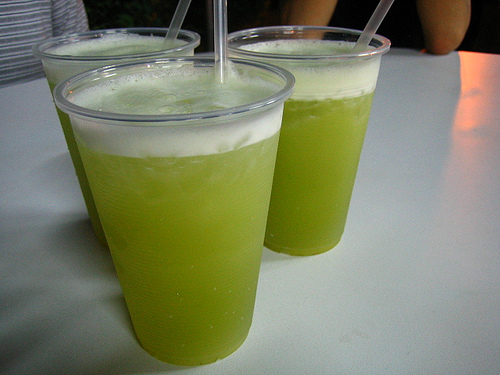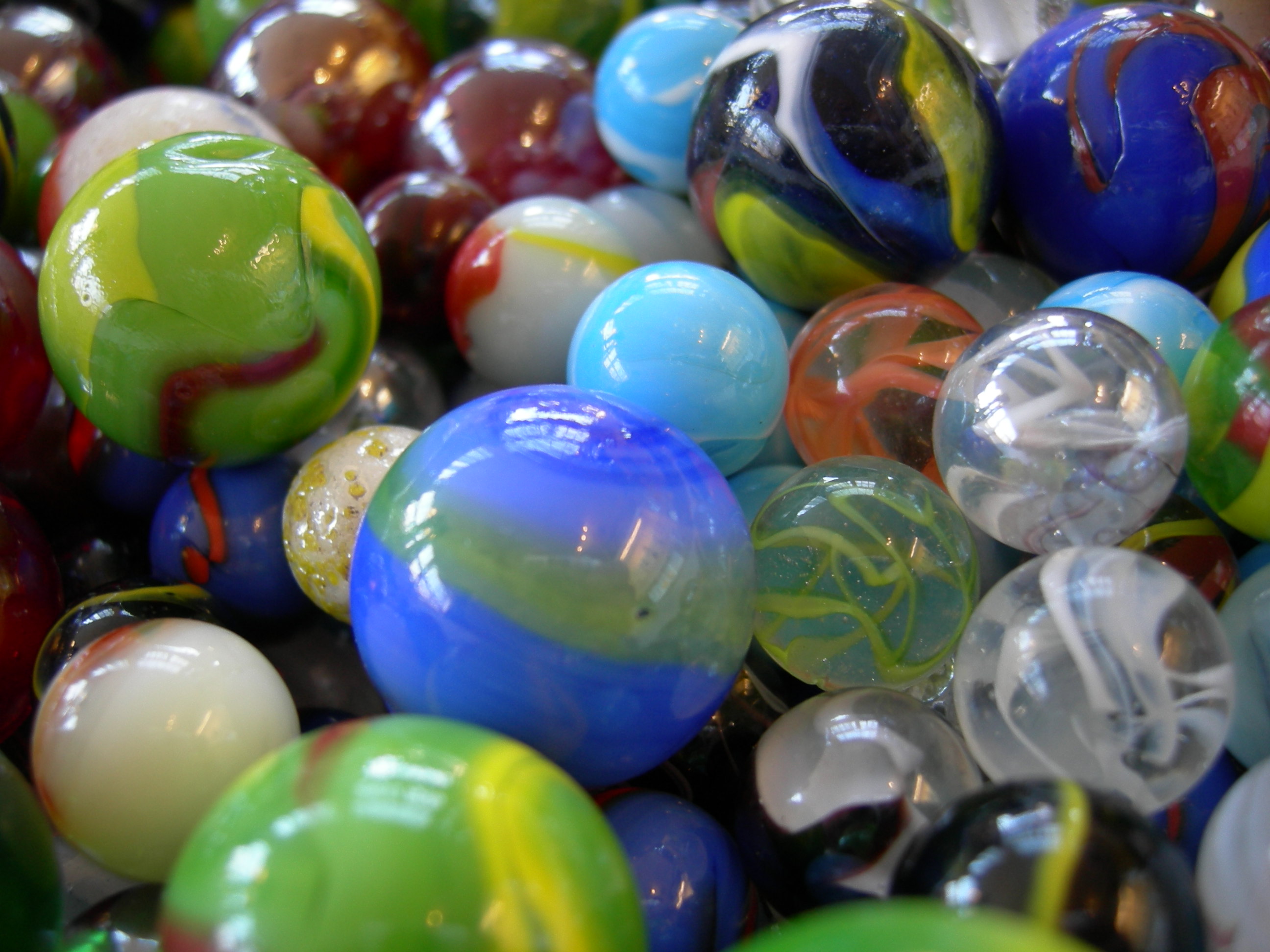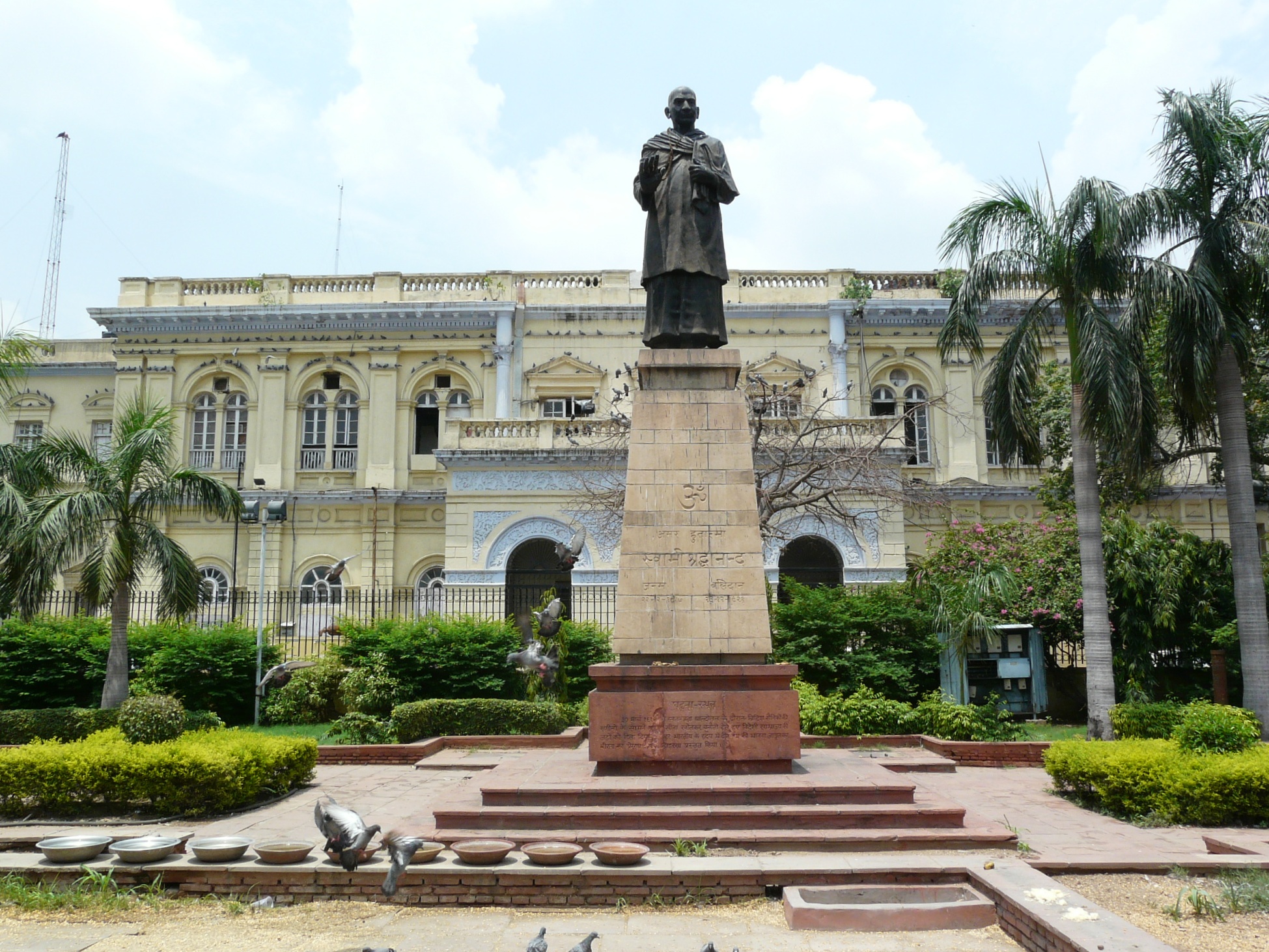|
Banta
Banta Soda, or Banta, also Goli Soda or Goti Soda and Fotash Jawl, is a popular carbonated lemon or orange-flavoured soft drink sold in India since the late 19th century in a distinctly shaped iconic Codd-neck bottle. The pressure created by the carbonated liquid seals the bottle by forcing a glass marble up into the neck of the bottle where it snugly locks into a rubber gasket. Opening the bottle by pressing on the marble thus releasing the pressurised gas is seen to be a fun experience. The drink is easily available at street-sellers, known as ''bantawallahs'', at prices ranging from - . The drink is sold in glass tumblers and plastic cups, and used to be served in kulhars (traditional small earthen pots). Due to the continued popularity, the bottle and drink have become part of Indian popular culture. The drink, which is highly in demand during April–May summer months, is often sold mixed with lemon juice, crushed ice, chaat masala and kala namak (black salt) as a carb ... [...More Info...] [...Related Items...] OR: [Wikipedia] [Google] [Baidu] |
List Of Indian Drinks
With a climate as varied and extreme as India, the people require a myriad of options to keep their thirst appropriately quenched according to the weather conditions, varying from steaming hot drinks during winters to frosty cold drinks in summers. Different regions in the country serve drinks made with an eclectic assortment of ingredients including local spices, flavors and herbs. Available on the streets, as well as on the menus of posh hotels, these drinks add to the flavorful cuisine of India. Consumption statistics by drink type This is the consumption of drinks per capita per year in India in 2021 by drink type excluding water and juices.India consumption of beverages by type Statista., accessed 10 July 2021. Assorted drinks * |
Old Delhi
Old Delhi or Purani Dilli is an area in the Central Delhi district of Delhi, India. It was founded as a walled city named Shahjahanabad in 1648, when Shah Jahan (the Mughal emperor at the time) decided to shift the Mughal capital from Agra. The construction of the city was completed in 1648, and it remained the capital of the Mughal Empire until its fall in 1857, when the British Raj took over as paramount power in India. It was once filled with mansions of nobles and members of the royal court, along with elegant mosques and gardens. It serves as the symbolic heart of metropolitan Delhi and is known for its bazaars, street food, shopping locations and its Islamic architecture; Jama Masjid being the most notable example, standing tall in the midst of the old city. Only a few havelis are left and maintained. Upon the 2012 trifurcation of the Municipal Corporation of Delhi, Old Delhi became administered by the North Delhi Municipal Corporation History The site of ''Sh ... [...More Info...] [...Related Items...] OR: [Wikipedia] [Google] [Baidu] |
Codd-neck Bottle
A Codd-neck bottle (more commonly known as a Codd bottle or a marble bottle) is a type of bottle used for carbonated drinks. It has a closing design based on a glass marble which is held against a rubber seal, which sits within a recess in the lip. Design In 1872, soft-drink maker Hiram Codd of Camberwell, London, designed and patented a bottle designed specifically for carbonated drinks. The bottle was designed and manufactured with thick glass to withstand internal pressure, and a chamber to enclose a marble and a rubber washer in the neck. The bottles are filled upside down, and pressure of the gas in the bottle forced the marble against the washer, sealing in the carbonation. The bottle is pinched into a special shape to provide a chamber into which the marble is pushed to open the bottle. This prevents the marble from blocking the neck as the drink is poured. Some older examples had the bullet shape of soda bottles. Popularity Soon after its introduction, the bottle bec ... [...More Info...] [...Related Items...] OR: [Wikipedia] [Google] [Baidu] |
Shikanjvi
Shikanjvi or Shikanjabeen is a lemon-based drink originating in the northern part of India and Pakistan. Alternative names include ''shikanji'', ''shikanjbi'' and ''shikanjbeen''. Shikanjvi is distinct from lemonade, and often contains other ingredients such as salt, saffron and cumin. It is similar to the Iranian beverage Sekanjabin. Preparation An example recipe for making a glass of Shikanjvi: *Ingredients: two lemons (squeezed to make lemon juice), one little chunk of ginger, one or two teaspoons of sugar (raw if possible), half a teaspoon of salt and half a teaspoon of pepper. *Process: Pour cold drinking water in a glass. Add the lemon juice, ginger, sugar, salt and pepper. Shake it vigorously. This is a traditional recipe; however, people can experiment using mint leaves, rose water, etc. A lemonade seller, outside Red Fort, Delhi.jpg, A ''Shikanjvi'' lemonade seller, outside Red Fort, Delhi, India. See also * List of Indian drinks * List of lemonade topics * List ... [...More Info...] [...Related Items...] OR: [Wikipedia] [Google] [Baidu] |
Delhi
Delhi, officially the National Capital Territory (NCT) of Delhi, is a city and a union territory of India containing New Delhi, the capital of India. Straddling the Yamuna river, primarily its western or right bank, Delhi shares borders with the state of Uttar Pradesh in the east and with the state of Haryana in the remaining directions. The NCT covers an area of . According to the 2011 census, Delhi's city proper population was over 11 million, while the NCT's population was about 16.8 million. Delhi's urban agglomeration, which includes the satellite cities of Ghaziabad, Faridabad, Gurgaon and Noida in an area known as the National Capital Region (NCR), has an estimated population of over 28 million, making it the largest metropolitan area in India and the second-largest in the world (after Tokyo). The topography of the medieval fort Purana Qila on the banks of the river Yamuna matches the literary description of the citadel Indraprastha in the Sanskrit ... [...More Info...] [...Related Items...] OR: [Wikipedia] [Google] [Baidu] |
Hindustani Language
Hindustani (; Devanagari: , * * * * ; Perso-Arabic: , , ) is the '' lingua franca'' of Northern and Central India and Pakistan. Hindustani is a pluricentric language with two standard registers, known as Hindi and Urdu. Thus, the language is sometimes called Hindi–Urdu. Despite these standard registers, colloquial speech in Hindustani often exists on a spectrum between these standards. Ancestors of the language were known as ''Hindui'', ''Hindavi'', ''Zabān-e Hind'' (), ''Zabān-e Hindustan'' (), ''Hindustan ki boli'' (), Rekhta, and Hindi. Its regional dialects became known as ''Zabān-e Dakhani'' in southern India, ''Zabān-e Gujari'' () in Gujarat, and as ''Zabān-e Dehlavi'' or Urdu around Delhi. It is an Indo-Aryan language, deriving its base primarily from the Western Hindi dialect of Delhi, also known as Khariboli. Hindustani is a pluricentric language, best characterised as a continuum between two standardised registers: Modern Standard Hindi and Modern ... [...More Info...] [...Related Items...] OR: [Wikipedia] [Google] [Baidu] |
Marble (toy)
A marble is a small spherical object often made from glass, clay, steel, plastic, or agate. They vary in size, and most commonly are about in diameter. These toys can be used for a variety of games called ''marbles'', as well being placed in marble runs or races, or created as a form of art. They are often collected, both for nostalgia and for their aesthetic colors. Sizes may range from less than to over , while some art glass marbles for display purposes are over wide. In the North of England the objects and the game are called "taws", with larger taws being called "bottle washers" after the use of a marble in Codd-neck bottles, which were often collected for play. Games History In the early twentieth century, small balls of stone from about 2500 BCE, identified by archaeologists as marbles, were found by excavation near Mohenjo-daro, in a site associated with the Indus Valley civilization. Marbles are often mentioned in Roman literature, as in Ovid's poem "Nux" (which ... [...More Info...] [...Related Items...] OR: [Wikipedia] [Google] [Baidu] |
Chandni Chowk
The Chandni Chowk, also known as Moonlight Square is one of the oldest and busiest markets in Old Delhi, India. It is located close to the Old Delhi Railway Station. The Red Fort monument is located at the eastern end of Chandni Chowk. It was built in the 17th century by Mughal Emperor of India Shah Jahan and designed by his daughter Jahanara. The market was once divided by canals (now closed) to reflect moonlight and remains one of India's largest wholesale markets. History The market's history dates to the founding of the capital city of Shahjahanabad when Emperor Shah Jahan established the Red Fort on the banks of the Yamuna River besides his new capital. Original Chandni Chowk The original Chandni Chowk, half-moon-shaped square, was located in front of the Municipal Townhall and its reflection used to shine in the moonlit water pool located in front of it. A shallow water channel was built from Yamuna, which ran through the middle of the straight road currently know ... [...More Info...] [...Related Items...] OR: [Wikipedia] [Google] [Baidu] |
Delhi Town Hall
The Delhi Town Hall is a landmark building, at Chandni Chowk in Old Delhi. It was the seat of the Municipal Corporation of Delhi (MCD) from 1866 during the British Raj till late 2009, when offices shifted to the new MCD Civic Centre on Minto Road in Central Delhi formally inaugurated in 2010. History The construction of the building started in 1860 and was completed in 1863. It is constructed out of yellow-painted brick and stone and carved white stone trim. It was initially known as Lawrence Institute and housed Delhi College of Higher Studies before it was bought by the municipality for in 1866. Besides government offices, the building also had a library and a European club. Originally a bronze statue of Queen Victoria stood in front of the hall. After independence in 1947, it was replaced with a statue of the Arya Samaj leader Swami Shraddhanand. The original statue now stand in Delhi College of Art premises. The location is officially termed Ghantaghar Ghantaghar (lit ... [...More Info...] [...Related Items...] OR: [Wikipedia] [Google] [Baidu] |
Delhi University
Delhi University (DU), formally the University of Delhi, is a collegiate university, collegiate Central university (India), central university located in New Delhi, India. It was founded in 1922 by an Act of the Central Legislative Assembly and is recognized as an Institutes of Eminence, Institute of Eminence (IoE) by the University Grants Commission (India), University Grants Commission (UGC). As a collegiate university, its main functions are divided between the academic departments of the university and constituent colleges. Consisting of three colleges, two faculties, and 750 students at its founding, the University of Delhi has since become India's largest institution of higher learning and among the largest in the world. The university has 16 faculties and 86 departments distributed across its North and South campuses, and remaining colleges across the region. It has 91 constituent colleges. The Vice President of India serves as the university Chancellor (education), chance ... [...More Info...] [...Related Items...] OR: [Wikipedia] [Google] [Baidu] |
Andhra Pradesh
Andhra Pradesh (, abbr. AP) is a state in the south-eastern coastal region of India. It is the seventh-largest state by area covering an area of and tenth-most populous state with 49,386,799 inhabitants. It is bordered by Telangana to the north-west, Chhattisgarh to the north, Odisha to the north-east, Tamil Nadu to the south, Karnataka to the west and the Bay of Bengal to the east. It has the second longest coastline in India after Gujarat, of about . Andhra State was the first state to be formed on a linguistic basis in India on 1 October 1953. On 1 November 1956, Andhra State was merged with the Telugu-speaking areas (ten districts) of the Hyderabad State to form United Andhra Pradesh. ln 2014 these merged areas of Hyderabad State are bifurcated from United Andhra Pradesh to form new state Telangana . Present form of Andhra similar to Andhra state.but some mandalas like Bhadrachalam still with Telangana. Visakhapatnam, Guntur, Kurnool is People Capital of And ... [...More Info...] [...Related Items...] OR: [Wikipedia] [Google] [Baidu] |










